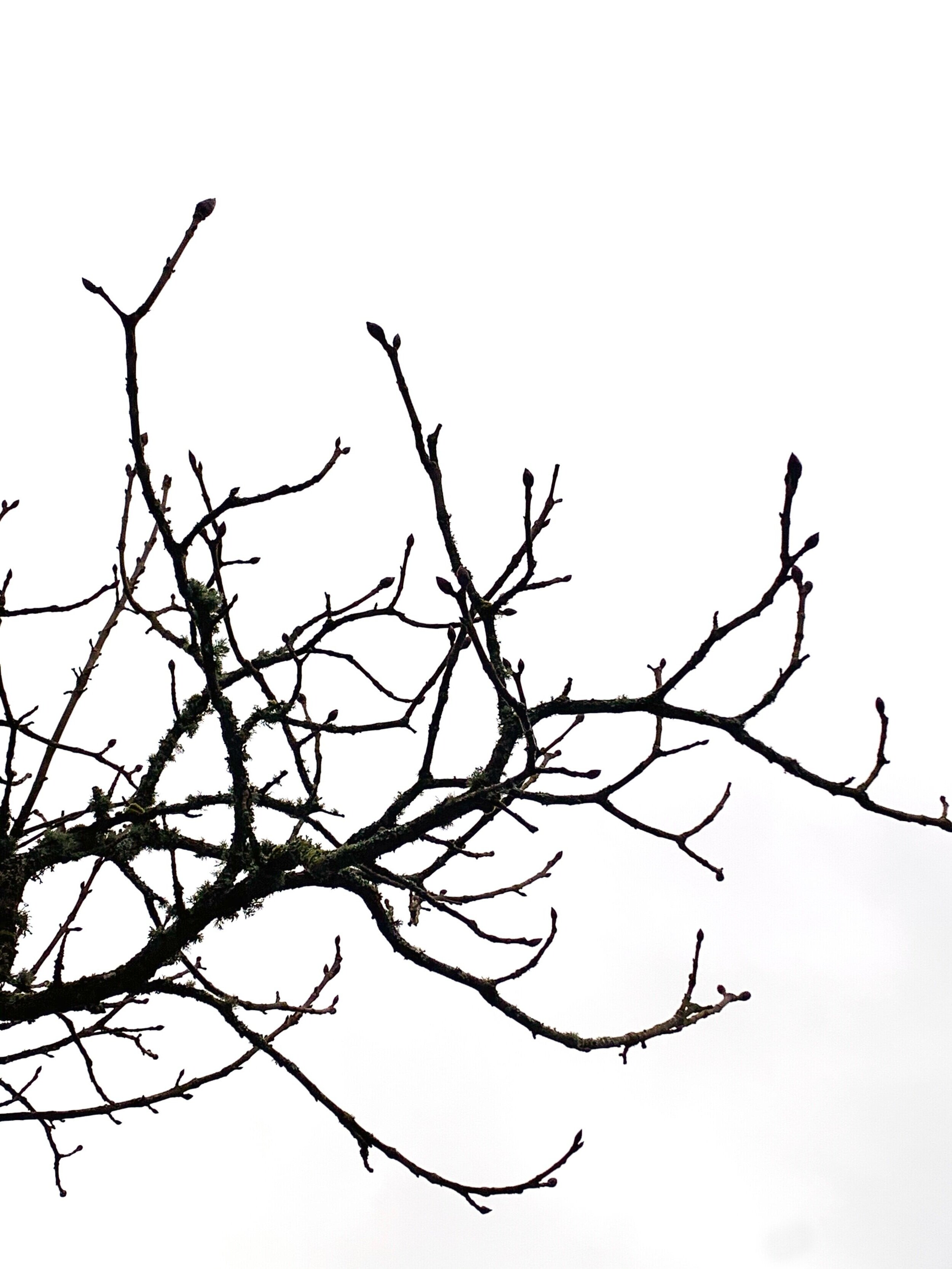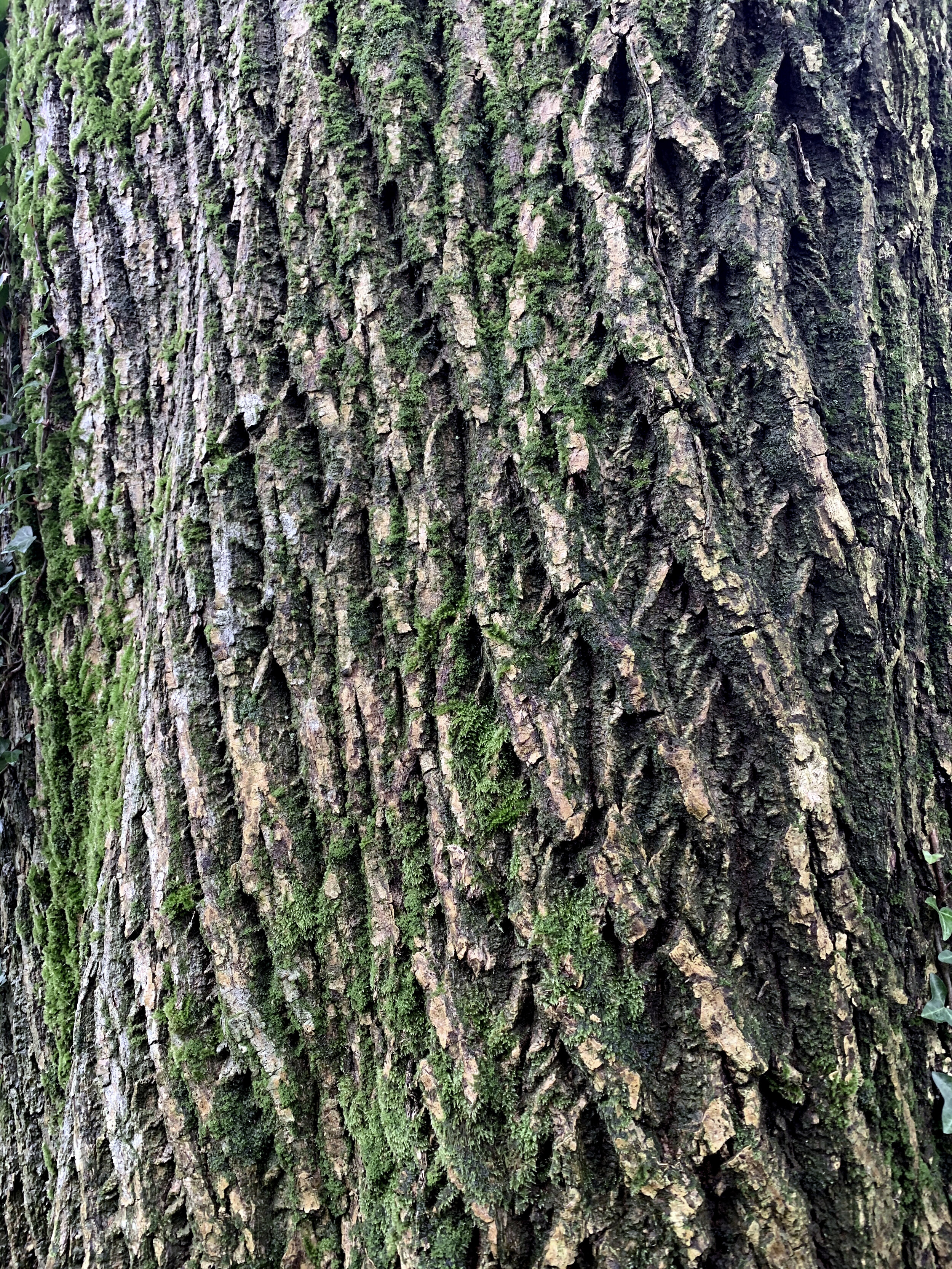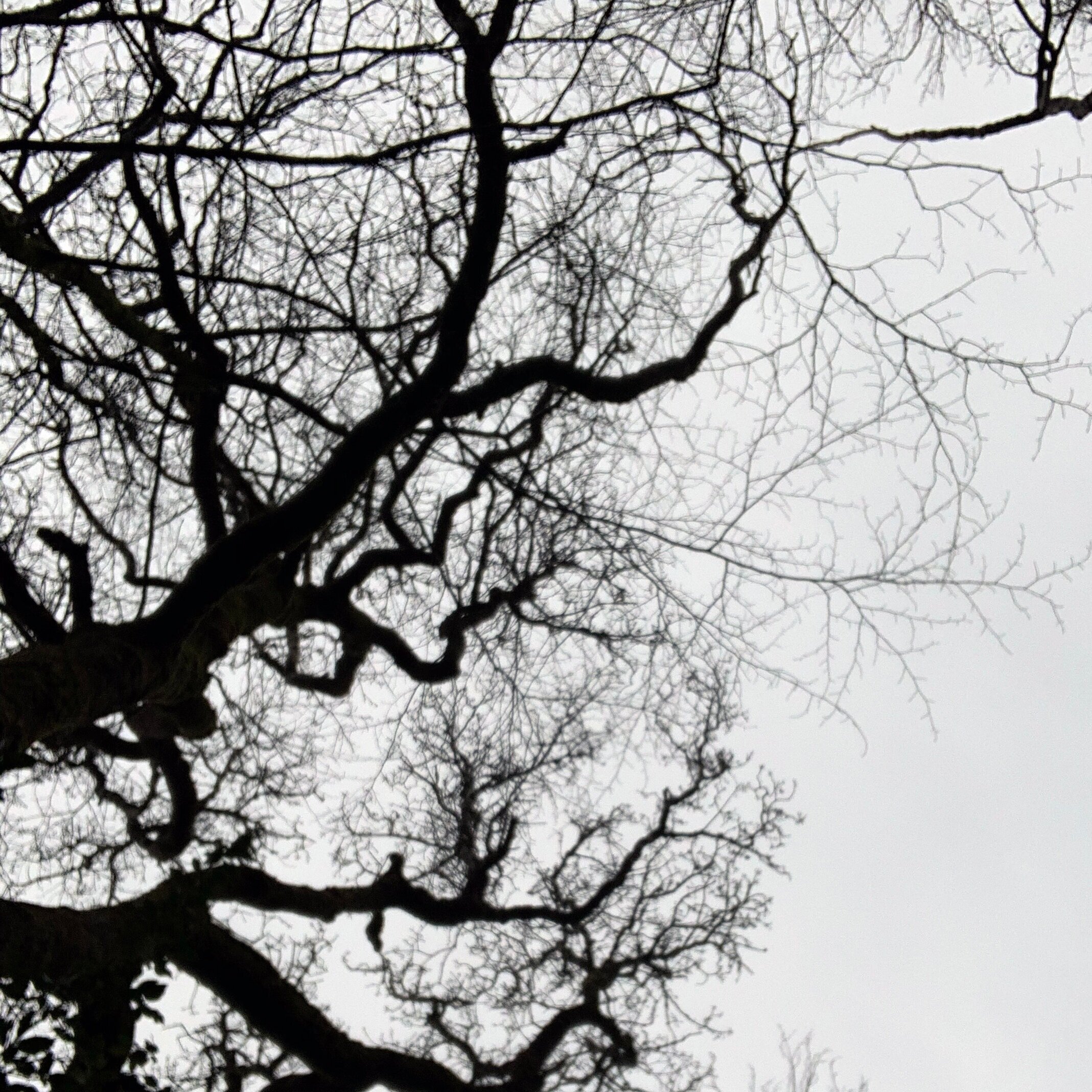SUPERFOLK GUIDE: IDENTIFYING TREES IN WINTER
In childhood, most of us learned to identify trees by recognising their leaves. Then, along comes Autumn, and trees are all stripped of their leaves. By Winter the trees stand naked and we don’t know our Ash from our Sycamore. Winter trees have a special beauty all of their own. Here are 6 trees that are distinctive and enjoyable to identify in late Winter and early Spring.
It has been freezing, hail-stoning and sleeting for days. All of these samples were collected, not in a big forest, but within metres of our studio.
Late winter and early spring is a great time of year to be out exploring in nature. Though, let’s be honest, sometimes it can be hard to motivate yourself. The howling winds and rains of Autumn and early Winter have stripped trees to bare skeletons. The landscape can feel naked, stark and bleak. There are endless storms of hail, sleet and wind. Staying cosy indoors just seems so much more appealing.
This is a guide to identifying trees in Winter. But, also consider this a guide to cultivating a deeper curiosity for our natural world through the cold dark Winter months. There is so much to see. Don’t miss it while it's here.
We brought our twigs and buds indoors for closer inspection. Note just out of frame - freezing cold, red-raw fingers.
“The landscape can feel naked and stark. But the skeletal tree in Winter has a beauty all of its own.”
Snowfall and a tangle of Atlantic Oak sculpted by prevailing sea winds. In this ancient native woodland in the west of Ireland it can be hard to single out a trees shape and form. Tree forms have been influenced by wind, limited space and surrounding trees.
In the countryside single hedgerow trees, with space around them, are good for observing the shape and form of a trees underlying architecture.
“So many of us learn to identify trees by their leaves only. In Winter, when the trees stand bare, we are suddenly lost in the forest. ”
Mature Beech trees in a planted parkland. Beech trees are not native in Ireland and are more likely to be found in planted parklands than ancient woodland. Note the direction of the prevailing wind is clear from the line running across the top of the trees.
Unlike, say, seaweed foraging, tree identification is something you can take up almost anywhere. If you live in a city - you’re in luck. Planted parklands and street trees are an ideal place to tree-watch. Trees in parks and cities will usually have more space around them and the overall form and branch shape of the trees will be more textbook-like in their appearance. In forests, trees are tightly packed together and fight for space. Woodland trees can be harder to tell apart looking at form only as they vary a greater deal in shape from their “text book” illustration.
Just as with our seaweed guide, forget about trying to identify everything you see on your walk. This is not an exam. Instead, try to positively identify three or four distinctive winter trees to start with. In time, these trees will become so well known to you it will feel like spotting a friendly and familiar face as you walk along a busy city street.
Part of the point of learning to identify trees in Winter is to connect with nature and immerse yourself in your environment, where you live, or where you are today. Enjoy observing, looking, listening and learning. Knowing the names of species is just the beginning of a relationship with trees. If you are observing trees in Winter along your route to work for example - look forward to late Spring when the leaves break through to see if guessed correctly.
In the absence of leaves and spring wild flowers and plants, watch out for unusual lichens and mosses that you might miss at another time of the year. Lungwort lichen - is a sign of clean air. Once common and widespread, it is now pushed to the western extremities of Uk and Ireland due to air pollution.
Key features in Winter trees to look for are
Where the tree is growing
The height of the tree
The pattern of its branches and the angle that the branches make with the main trunk is often helpful
The thickness and form at the ends of the twigs.
Bark is an obvious feature to look at but in most cases, bark shows more variety, is often encrusted in moss and is harder to differentiate than the buds of different species.
Buds are often associated with spring, whereas they actually lie dormant all winter, waiting for spring. So they are present throughout winter and the time we need them to help us identify the tree.
“We associate buds with Spring. But trees actually produce their leaf buds at the end of Summer. The leaf buds then lie dormant all winter, waiting for spring. So the buds are present throughout winter and can be used to help us identify the tree.”
1. BEECH TREE
Form: A beech has a straight trunk with grey-coloured bark, few low branches and a fine-twigged crown giving an almost feathery appearance when you look up into its canopy (above right).
Bark: The bark of Beech starts smooth and silvery grey. The bark only becomes a bit rougher in old trees, rarely becoming as mature Sycamore, Ash or Oak.
Buds: Look for long, spindly, elegant copper brown buds (above left).
Other: On younger trees and smaller branches of larger trees, you see dead brown leaves attached all winter. (above left).
2. HORSE CHESTNUT
“Look for the distinctive horeshoe shaped scars on the twig. These scars have a little line of dots thought to look like horseshoe studs and this is what gives the tree its name.”
Once you know what to look for, this is another very distinctive and easily identifiable tree for two reasons.
Buds: Horse chestnuts have large paired buds along the branch, ending in a single terminal bud. The buds are fat, sticky and brown with many bud scales (see above the small sections that make up each individual bud) (above right)
Leaf Scars: Look for the distinctive leaf scars on the twig, under the buds. These scars are large and horseshoe shaped with a little line of dots thought to look like horseshoe studs. And this is what give the tree its name! (above right)
Form: This is a thick and robust tree. The lower branches of the horse chestnut hang down and turn up at the ends (above left).
3. ASH
Buds: The most distinctive characteristic of an Ash tree to look for is the velvety black buds growing on grey twigs. The buds of Ash are arranged in opposite pairs, rounded except for the buds at the end of shoots which are more cone shaped. At the site of a bud the twig is flattened slightly, a deviation from the otherwise circular branch shape (above left).
Form: Ash is a slender tree with trailing branches. The ends of the shoots curve upwards. You can learn to spot the Ash tree from a long way off, before you even see what colour the buds are. When Ash grows amongst other broadleaved trees it is often the tallest tree in the forest (above left).
Bark: Ash bark is smooth grey or a pale grey-brown in young trees. In older trees the bark becomes fissured into interwoven ridges (and can resemble the bark of Oak) (above right).
4. OAK:
Buds: If it has groups of buds at the end (terminal buds) it’s an oak of some kind (above right).
Form: The Common (English) oak is quite a stocky tree with a wide, spreading canopy twisting and turning canopy (above left).
Bark: Old trees become craggy, with regular deep grooves, wider at base. Here in the west of Ireland it is often encrusted with algae and moss.
5. SYCAMORE
Buds: A quick look at both the buds and leaf scar should tell us all we need to know to identify this one. The buds are green and form in pairs opposite each other on the branch, ending in a single terminal bud. Each bud is tightly formed and made up of lots of bud scales. The leaf scars are wider then the bud and bowl shaped.
6. SPECKLED ALDER
“Peering up into the canopy of this tree the many catkins and cones create a beautiful and distinctive pattern. ”
Cones: The most distinctive characteristic of the Alder is the small cone like fruit in winter. (above left)
Buds: In winter, Speckled Alder branches are distinctive because they carry two kinds of buds as well as last year’s fruit (the cone). The male flower buds are in the form of inch-long catkins which appear reddish in winter and begin to turn yellow in March (just before they extend into long, yellow pollen-bearing flowers). The female flower buds are small and drooping just ahead of the catkins on the branch. Last year’s woody fruit, or “cones” are also present. Unlike the ash and horse chestnut above alder buds do not form in pairs, they spiral around the branch, until they reach a single terminal bud at the end. (above left)
Canopy: Peering up into the canopy of this tree the many catkins and cones create a beautiful and distinctive pattern. (above right)
Bark: Speckled Alder is named after the “speckles” on its bark — horizontal lines or lenticels.
“Winter Fog”, a photographic print by Superfolk, inspired by Winter time exploration of skeletal trees and hedgerows.
Notes: Think you know everything about identifying trees in Winter?!
Now try this fun quiz:



















